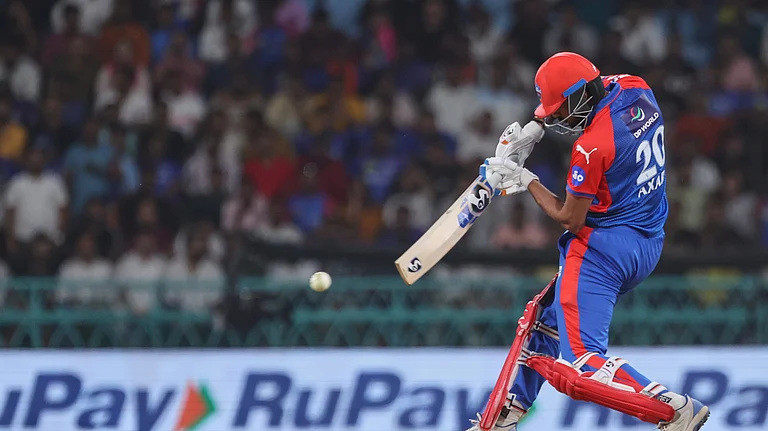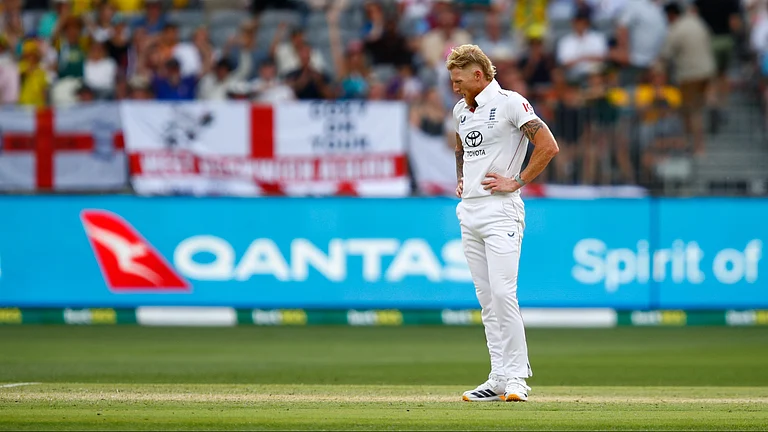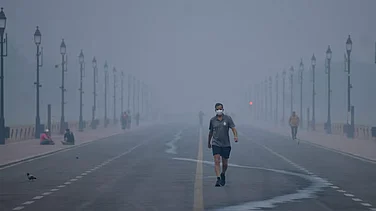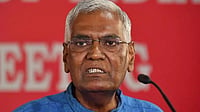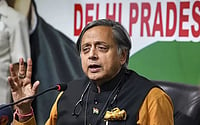THIS is the strange world of the Indianelections. As the country rushes into its five-yearly political jamboree, press baronsshould be currently in a state of euphoria, right? Wrong. Leading English dailies aregoing to sell 5 to 10 per cent more. This could mean an additional 5,000 to 30,000 copiesfor the likes of The Times of India (TOI) and Indian Express. Confirms A.K. Singh, generalmanager, results and market development, TOI, Delhi: "We have given specialincentives to hawkers to push copies." Regional dailies and magazines seecirculations rising by 10 to 20 per cent. Ananda Bazar Patrika (ABP) and Malayala Manorama(MM) are hiking print runs by almost 20 per cent. But. The cover price of mostpublications covers a mere 30-40 per cent of costs. So for a period of four to five weeks,a high-circulation daily could lose up to Rs 2 for every extra copy sold. A magazine witha one lakh circulation could run into additional expenses of Rs 50,000 a week. LamentsC.B. Sen, vice-president, ABP: "As circulations rise, our costs, and consequently ourloss of revenue, increase."
Of course, theres party advertising.In the 1991 Lok Sabha elections, parties spent about Rs 20 crore on advertising andpromotions. Industry watchers place the marker at Rs 200 crore this year, of which aboutRs 125 crore could come to the press. The Congress and the BJP are expected to account for50 per cent in a 2:1 ratio. But, says Pradeep Guha, director, response, Bennett &Coleman, publishers of TOI: "Political party advertising returns only a tenth of therevenue lost due to elections."
The Election Commissions daily tightening of the screws has meant that even thoughthe printed message enjoys maximum credibility, parties are acutely aware that this timethey have to account for every coin they spend. Leading English dailies, about 10 innumber, see less than Rs 10 crore coming their collective way. In fact, Guha and VaneetChibber, senior general manager, marketing, Indian Express, dont see their groupsgetting even the Rs 1.5 crore each got in 1991.
The silver lining: the temporary additional circulation serves as a sampling exercise,with new readers getting a taste of the newspaper or magazine. But circulations of leadingpapers return to base point immediately after the polls. Longer-term benefits may accrueto vernacular publications or English dailies which are not among the top two in a cityand could end up retaining 20 to 30 per cent of the new pre-poll readership. The otherbeneficiaries are regional tabloids and small papers whose editorial loyalty local partiesreward handsomely. Indeed, many such publications surface just before the elections onlyto disappear immediately after.
The big difference this time is, of course, television. Parties have alreadyidentified their preferred channels. And local cable networks will attract a large chunkof budgets, maybe to Rs 30 crore. So while the English press broods, there are othersmaking hay, especially less mature media like satellite TV and cable, which the 11th LokSabha elections may well catapult to their rightful place under the advertising sun.







